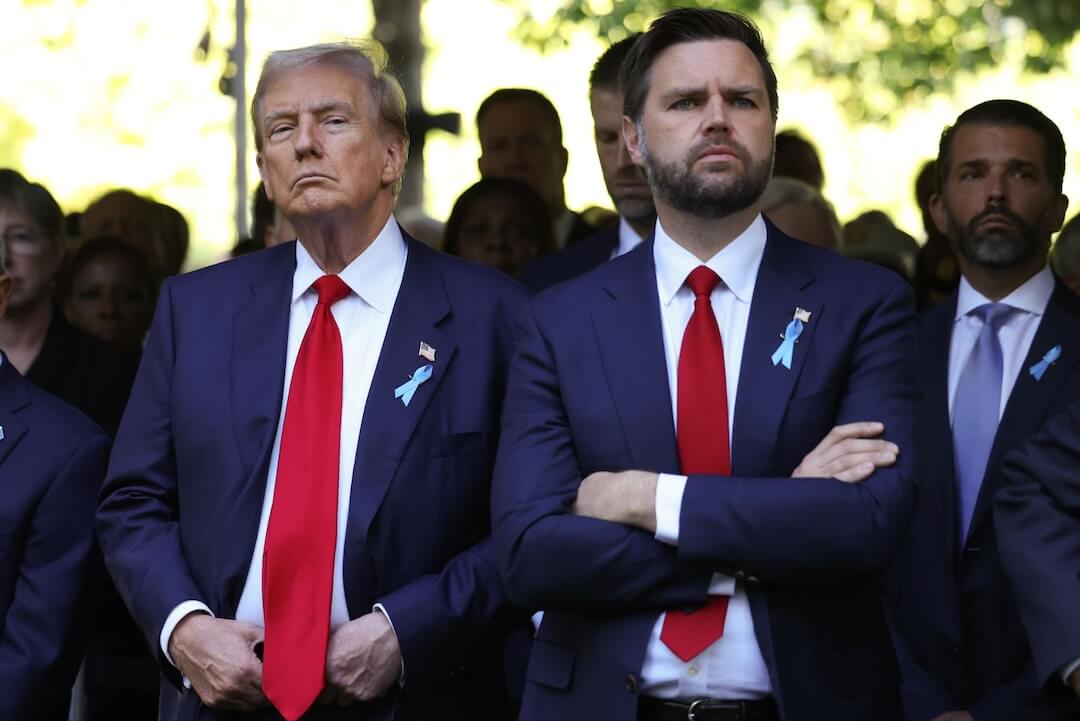Hours after yet another study confirmed that male bylines continue to dominate the media, hundreds of women (and a few men) crammed into a standing-room only bar in Brooklyn to discuss ways to close the byline gap.
At “Throw Like A Girl: Pitching the Hell Out of Your Stories,” which was organized by women’s nonfiction storytelling organization Her Girl Friday, a panel of experienced journalists and editors rejected suggestions that sexism or gender bias is exclusively responsible for the gap. Instead, they emphasized the need for young female journalists to develop the confidence to let rejection roll off their backs.
“You can’t see rejection as a real reflection of your value,” said New York Times metro editor Carolyn Ryan. “Every day, seasoned reporters pitch and get told no. Practicing pitching makes you a better pitcher. Rejection is part of the process.”
New York Times reporter Amy O’Leary, who hosted the discussion, said that as a young reporter she was so afraid of rejection that she would often agonize over her pitches for weeks or even months at a time. Meanwhile, she said, her male counterparts would happily send off pitches they had written in a day.
“I was afraid to take the leap,” said O’Leary. “Early on, I lacked the confidence to pitch as much as I wanted.”
Evan Ratliff, co-founder of Atavist and the only man on the panel, said that male journalists have “a natural sense of entitlement” that propels them to follow-up rejections with even more pitches. But for many female journalists, he said, one initial rejection tends to be the end of the relationship.
“Female writers will pitch us, we’ll say no, and we’ll never hear from them again,” said Ratliff. He admitted that only two of Atavist’s last 15 stories were written by women (a confession that prompted a good-natured round of booing), but emphasized his commitment to correcting that imbalance.
Katherine Lanpher, a freelance journalist and leader with The OpEd Project, an organization that addresses gender disparity in opinion journalism, suggested that the byline imbalance has very little to do with editorial bias. Instead, she said, the difference stems from the fact that many women simply do not feel emboldened to express their opinions to the same degree as men.
“It is a question of who feels entitled to take up the space,” Lanpher said, pointing out that even Wikipedia – which has no editorial gatekeepers – is largely produced by male contributors. “We’re here because those byline counts matter,” she added. “Whoever gets to tell the stories narrates the world.”
Lanpher encouraged the audience to pitch beyond the “Four F’s” of traditional women’s issues – food, furniture, fashion, and family – and move into the fields where female voices have been historically underrepresented.
“Security. The economy. Syria,” she said. “They’re all women’s issues.”
Although the majority of the discussion focused on confidence, the panelists also reviewed basic pitching guidelines: Spell the editor’s name correctly. Be familiar with the target publication. Explain why you are the best person to write the piece. Keep pitches short. Always ask, “So what? Why me? Why now?”
Jessica Pressler, a contributing editor with New York magazine, added that it is very important for freelancers to reach a certain level of trust with their editors. Sometimes trust needs to be established through experience and in-person interaction, the panelists agreed, while other times it’s enough to simply mention past publications or a shared colleague in an email.
While the speakers disagreed on some minor details – Lanpher encouraged journalists to paste their pitches into the body of an email, for example, while Ratliff said that he prefers an introductory paragraph with an attachment – they emphatically agreed on the fundamental importance of pitching stories rather than broad topics.
“You have to find the characters,” said Ratliff. “If you can’t make people care about the characters, you don’t have the tension to pull your readers along.”
Her Girl Friday was founded in 2011 by Juliet Linderman, Talisa Chang, and Diana Diroy. The three women met under serendipitous circumstances, when college friends Linderman and Chang stuck up a conversation with Diroy at a bar. They quickly recognized their shared interest in journalism and envisioned a group that could foster supportive relationships between female journalists.
“Women tend to be competitive rather than collaborative,” said Linderman, 25. “We just really wanted to have a space to collaborate with other female journalists.”
The group developed such an enthusiastic following that almost 500 people registered for Tuesday’s event on its Facebook page, and organizers had to set up audio for the attendees who spilled into a second room. Most of the guests described themselves as print journalists, but there were a fair number of documentary filmmakers and photographers in the room, too. Throughout the evening, the crowd was friendly, convivial, and supportive – exactly the kind of atmosphere that Her Girl Friday organizers hoped to build.
“There’s not a lot of support for women in this industry,” said Ally Millar, 31, an early member of the group. “We thought it would be great to have this event to help women connect. If we band together, maybe we can move forward together.”







Comments